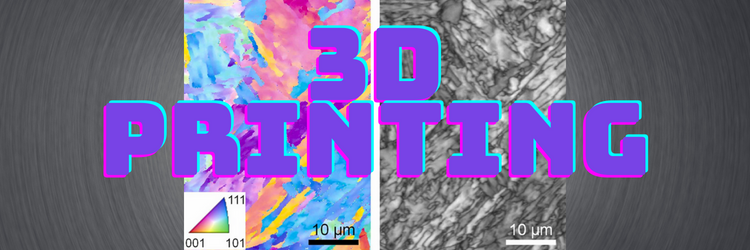3D Printing Strong Stainless Steel
Strength and durability are paramount for nuclear power plants and various critical technologies, so many contain a remarkably strong and corrosion-resistant alloy called 17-4 precipitation hardening (PH) stainless steel. Now 17-4 PH steel can be consistently 3D-printed while keeping its characteristics.
Researchers from the National Institute of Standards and Technology (NIST), the University of Wisconsin-Madison, and Argonne National Laboratory identified 17-4 steel compositions that, when printed, match the properties of the conventionally manufactured steel. The research described in the journal Additive Manufacturing uses high-energy X-rays from a particle accelerator.
Printing metal is complex because of how quickly temperatures shift during the process. Like a high-speed camera needed to see a hummingbird’s flapping wings, the researchers required special equipment to observe rapid shifts in the structure that occur in milliseconds. They found the right tool for the job in synchrotron X-ray diffraction, or XRD.
The composition of an alloy can contain different amounts of up to a dozen various chemical elements. Researchers were now able to fine-tune the makeup of the steel to find a set of compositions, including solely iron, nickel, copper, niobium, and chromium.

